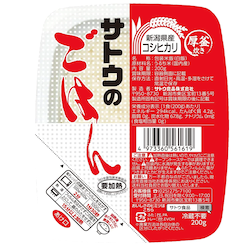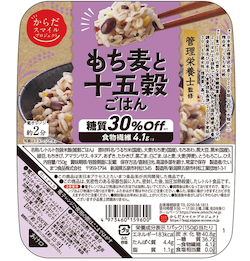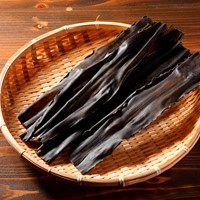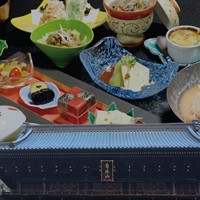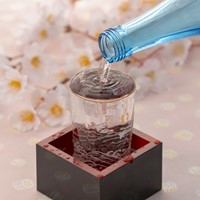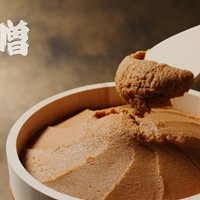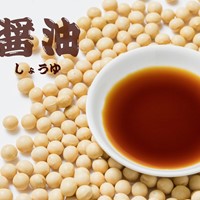What to Know about Japanese Rice: Buying, Storing & More
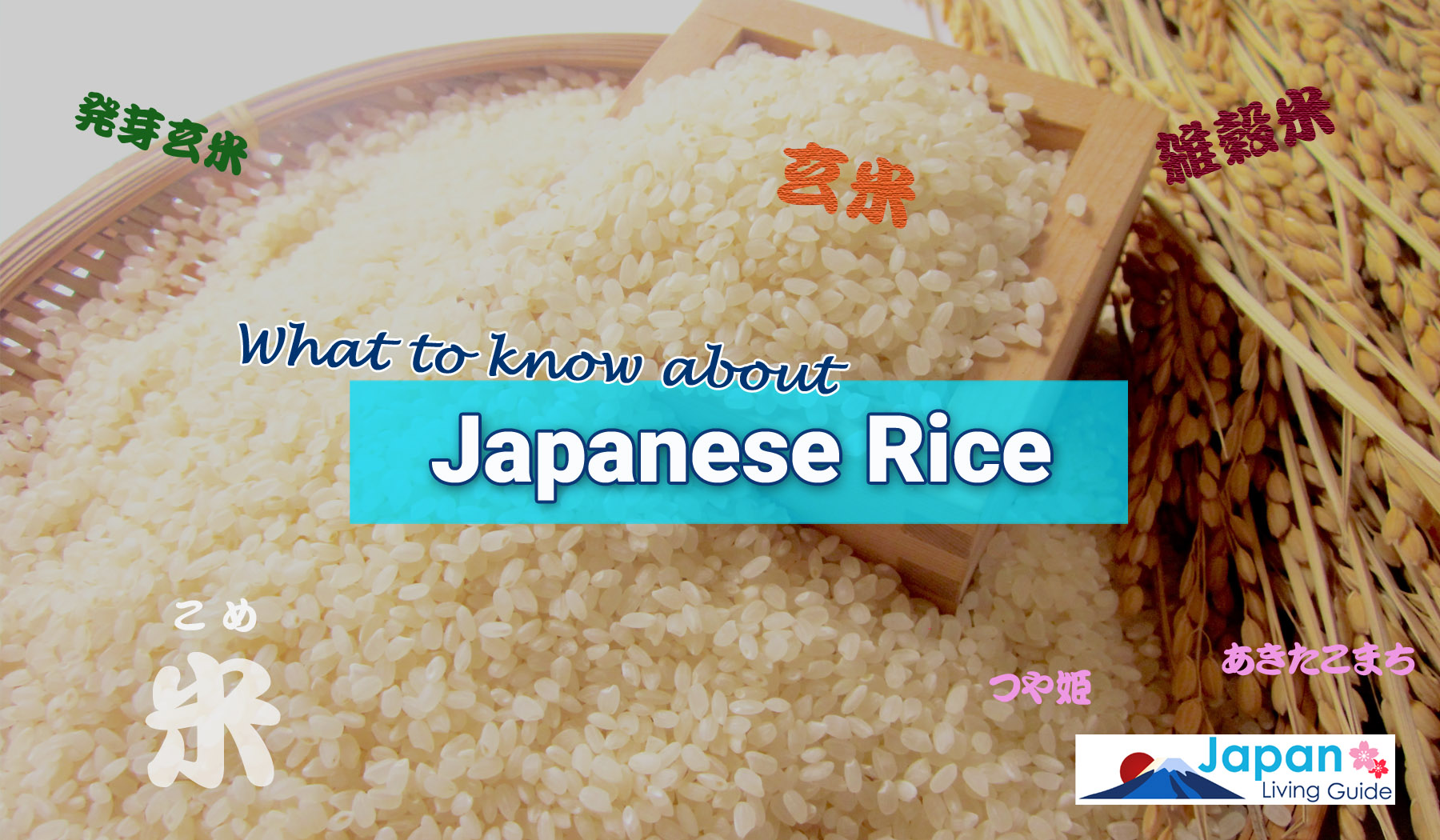
This page contains affiliate links.
Whether you're shopping for Japanese rice at your local supermarket or online, there is a lot to consider. Read on to learn about the six types of Japanese rice, which types are the healthiest, the most popular rice varieties to try, and how to store your rice at home.
If you would like to learn how to cook Japanese rice, please read How to Make Japanese Rice: Washing, Cooking & More, and for types of Japanese rice brands, please read Japanese Rice Brands and the Characteristics.
6 Types of Japanese Rice
Japanese rice refers to any one of several methods used to process short-grain varieties of Japonica rice. Depending on how much the rice is polished before packaging, it can take on different flavor profiles and health benefits.
It is also common in Japan to add additional ingredients to the rice or germinate the seeds before cooking. Below, we’ll explore what you will encounter when shopping for rice at a Japanese supermarket.
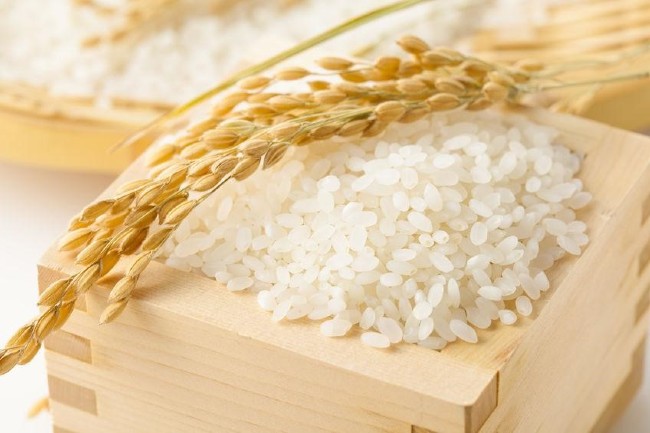
White Rice (Haku-Mai, 白米)
White rice is created by removing the husk, bran, and germ from each grain of rice, leaving only the endosperm. It contains a variety of nutrients such as protein, calcium, iron, vitamins, and dietary fiber, in addition to the primary nutrient, carbohydrates (starch).
It has less fiber than the other five types below, but it has a plump texture and a subtle sweetness, making it delicate enough to be paired with raw fish.
Rinsing white rice under cold water a few times until the water runs clear is a must before steaming. However, since it is quite delicate, be careful not to grind it into small bits while you are swishing it around the bowl or colander.
Whole Rice (Haiga-Mai, 胚芽米)
Whole rice, also known as “germ rice,” has been milled to remove the bran layer, but at least 80 percent of the germ remains. Nutrients such as protein, fat, vitamins, and minerals are concentrated in the germ (the part that sprouts).
This rice has a plump texture like white rice but with a little "core," which is the germ. It is delicate enough to use in Japanese rice balls (onigiri), yet it contains a fair amount of fiber thanks to the germ. It cooks faster than brown rice, but, like white rice, it must be rinsed a few times before steaming.
Whole rice can be used for most dishes, but it is not suitable for sushi.
Brown Rice (Gen-Mai, 玄米)
Brown rice has had only the husk removed from the rice plant, leaving the bran and germ intact. Compared to white rice, it contains more dietary fiber, minerals (such as iron, calcium, and magnesium), protein, and vitamins.
This kind of rice is ideal for accompanying a hearty stew or served as a rice ball. However, brown rice requires much more chewing, so most Japanese tend not to eat it daily.
Brown rice has somewhat of a convenience factor because you don't have to wash it before steaming. However, it will expire much quicker than white rice because the oil bran layer can rot. Therefore, you should only buy it if you have the intention to cook it fairly soon.
Germinated Brown Rice (Hatsuga-Genmai, 発芽玄米)
Germinated brown rice (GBR) is made by slightly sprouting brown rice. Cooked germinated brown rice is less chewy and softer than plain brown rice. Children are more likely to eat it and benefit from its nutritional advantages as well. It is rich in potassium, calcium, and dietary fiber. It also has gamma-aminobutyric acid (GABA), a neurotransmitter known for its anti-stress effects.
GBR can be made at home by soaking brown rice for 4–20 hours in 30–40°C (86–104°F) water (or longer at a lower temperature). Change the water a few times if a smell develops and rinse before cooking. This stimulates germination, which activates enzymes.
In Japan, from 1995, GBR has been sold ready-germinated at a higher price than ordinary rice.
Mixed Grains Rice (Zakkoku-Mai, 雑穀米)
Mixed grains rice has a small amount of other grains and seeds mixed into it before cooking. These may include brown rice, millet, glutinous barley, quinoa, and amaranth, which add nutrients, fiber, and a little flavor. The type and variety of grains mixed in vary depending on the manufacturer and product, so choose according to the nutrients you want to add and the flavor you prefer.
You can then cook this kind of rice in a rice cooker as usual. Mixes are sold in convenient packets meant to be added to two to three cups of white rice. Simply throw in the contents after you've washed the rice and continue with the standard recipe.
Barley Rice (Mugi-Gohan, 麦ごはん)
In ancient Japan, white rice was more expensive, and only the wealthy could afford to eat it often. Less affluent people mixed rice with other grains, including barley. However, it turned out that this increased the rice’s nutritional value substantially, almost making it sufficient as a meal of its own.
Barley rice is made by mixing white rice with barley and cooking it with the usual rice cooker method. The result is rice that is not as sticky as white rice and has a unique aroma. Uruchi-type pressed barley is favored for its crunchy texture.
Barley has a significant amount of soluble fiber, which has reported health benefits such as lowering cholesterol, lowering heart disease risk, and improving gut health. Unlike some grains, even after barley is milled, it keeps nearly all of its fiber. Barley also has comparatively high levels of protein, vitamins, and minerals.
The ratio varies, but many people use three parts rice to one part barley.
Sweet Rice (Glutinous rice | Mochi gome, もち米)
Sweet rice is also called glutinous rice or sticky rice. The rice becomes chewier and sticker than other Japanese rice when it's cooked. Sweet rice is used to make Rice cakes, Sekihan or Okowa (Japanese mixed rice).
Which Kinds of Japanese Rice Are Healthier?
Rather than only eating one kind of rice every day, it’s recommended to introduce a variety to your diet.
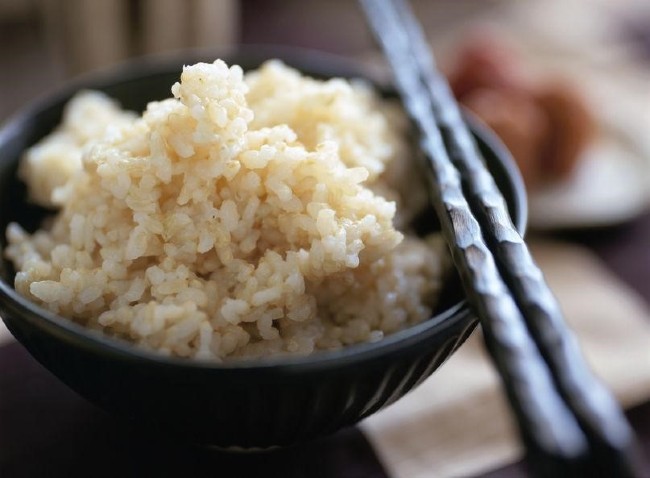
Brown Rice for Nutrition
Brown rice, including the germinated kind, is rich in minerals, vitamins, and antioxidants. On the other hand, it is harder to process for people with weaker digestion. For such people, it’s recommended to introduce it slowly to your diet and in limited amounts. Even people with healthy digestion may find that eating brown rice all the time is a bit too much.
Barley Rice for Fiber
Barley rice has around 19 times more dietary fiber than white rice and is also considerably easier to digest than brown rice. It is said to help adjust the intestinal environment and suppress blood sugar levels, and it has been reported to help people who struggle with constipation or want to lose weight.
Mixed Grains Rice for Variety
Mixed grains rice will generally be more nutritious and contain more fiber than white rice. The exact properties will, of course, depend on what mix of seeds and grains you add. We recommend making mixed grains rice any time you feel like you would like a bit of variety in your diet.
White Rice for Enjoyment
White rice is not regarded as an exceptionally healthy food, but it’s not considered to be too bad either. Most people agree that it is, on the whole, more nutritious than bread, since wheat flour has most of its nutrients stripped during the refining process. Furthermore, it has no additives, such as oils or sugar.
While the bran and germ have been removed, white rice still contains some protein, calcium, iron, vitamins, and dietary fiber. However, most people would not rely on it as a stand-alone food. White rice is ideal for making food that requires sticky rice, such as sushi. It’s also easier to eat and digest overall.
Easy Ways to Cook Rice (using microwave)
Buying and Storing Japanese Rice
To ensure that your rice maintains a stable shelf life, it’s important to take into consideration how much you buy and how you store it at home.
Buying Japanese Rice
Rice is generally sold by the kilogram, and you can find it in almost every Japanese supermarket. You can also find smaller quantities in some convenience stores in Japan if you don’t plan to regularly prepare rice. If it’s not possible for you to carry a large bag of rice home, there are several options for Amazon Japan.
Another option for buying Japanese rice is to visit an independent rice store that can be found occasionally tucked away in Japan’s city streets or set up as an agricultural co-op within farming communities. The benefits of doing this is that you may be able to buy your rice at a more affordable price, you can customize how much you want the rice to be polished, and the rice will taste much fresher than what is available in supermarkets.
Storing Japanese Rice
Rice usually does not come with a best-by date specified on its package. The period during which rice can be kept depends on the climate, temperature, and storage method. As a general rule, rice will last about one month in spring, about three weeks in the humid rainy season and summer, and about two months in winter.
When storing rice, put it somewhere cool, dry, and with no direct sunlight. Many Japanese keep it in their refrigerator — especially during summer months. However, note that rice absorbs odors, so it should be sealed and not stored together with other foods.
While it may be tempting to keep the rice in the bag in which it came, it’s recommended to transfer it into a specialized storage container.
It is recommended to use this kind of products in this link to avoid insects (bugs / worms) in rice. You can also add some dried red pepper in the container however this product works better.
This Pepper Jelly contains natural red pepper and sake (fermented alcohol) which protect rice from insects.
Time to Get Cooking!
After reading this guide, you now know that there is more to Japanese rice than meets the eye. Once you’ve bought the type and variety you want, it’s time to get cooking. You can learn everything you need to know with our guide to cooking Japanese rice, and find more information on food, recipes, and dining in Japan with our other articles.

